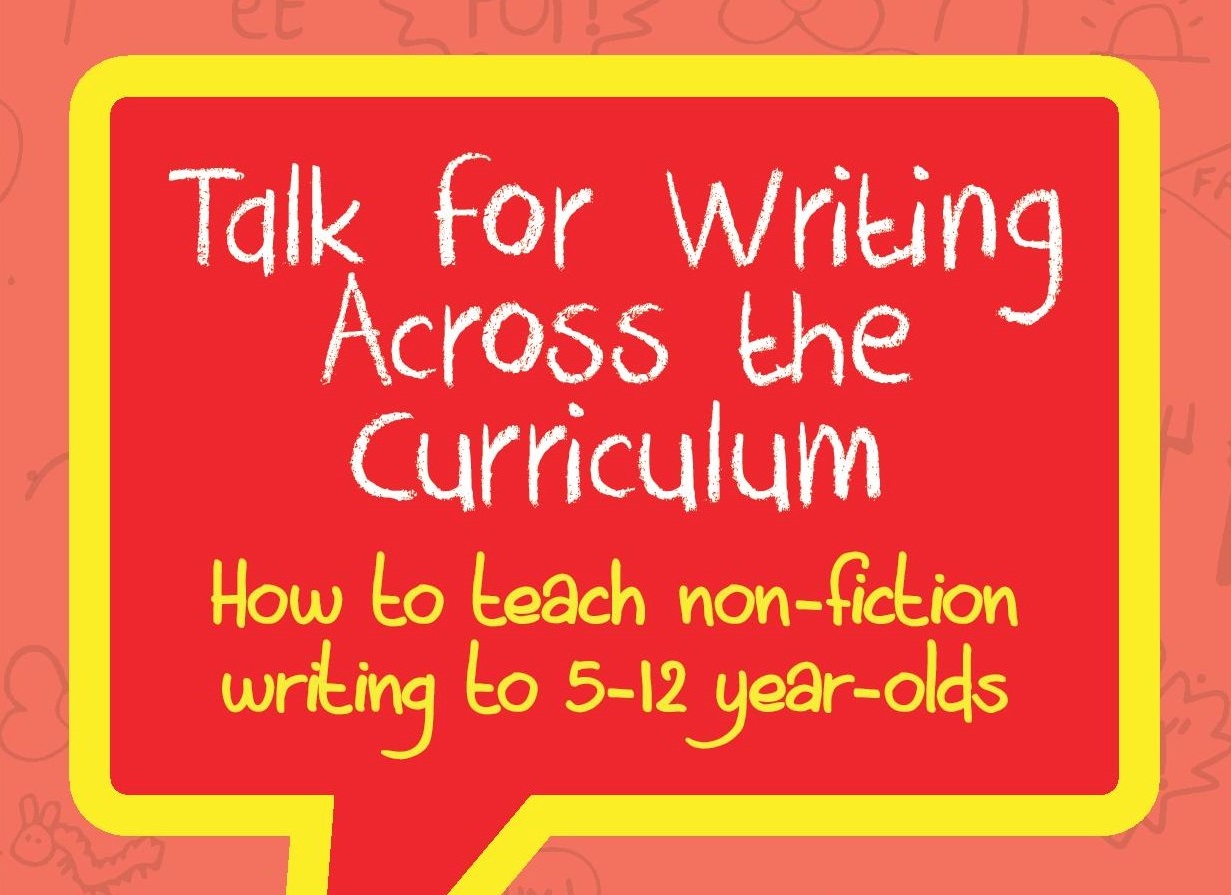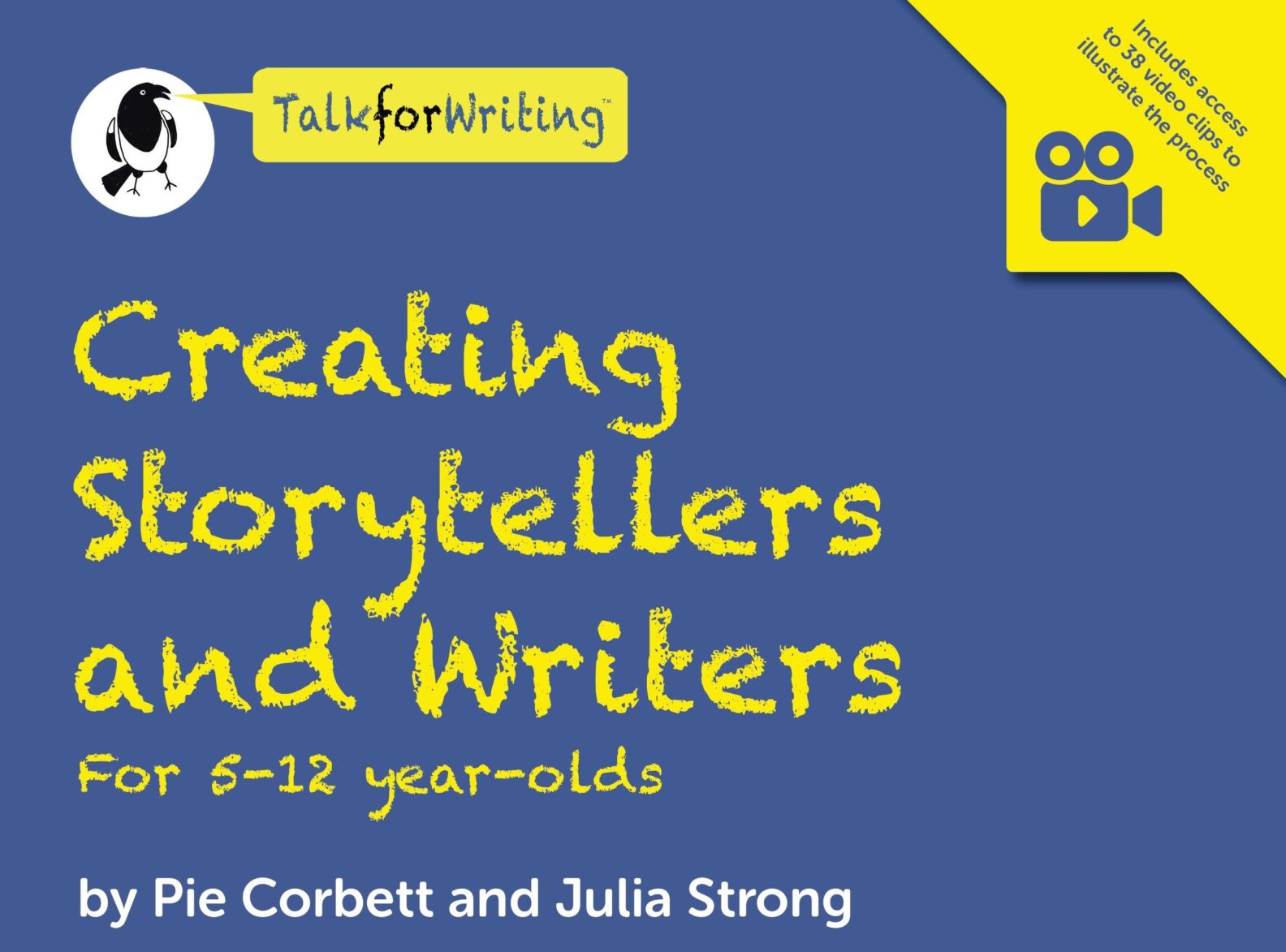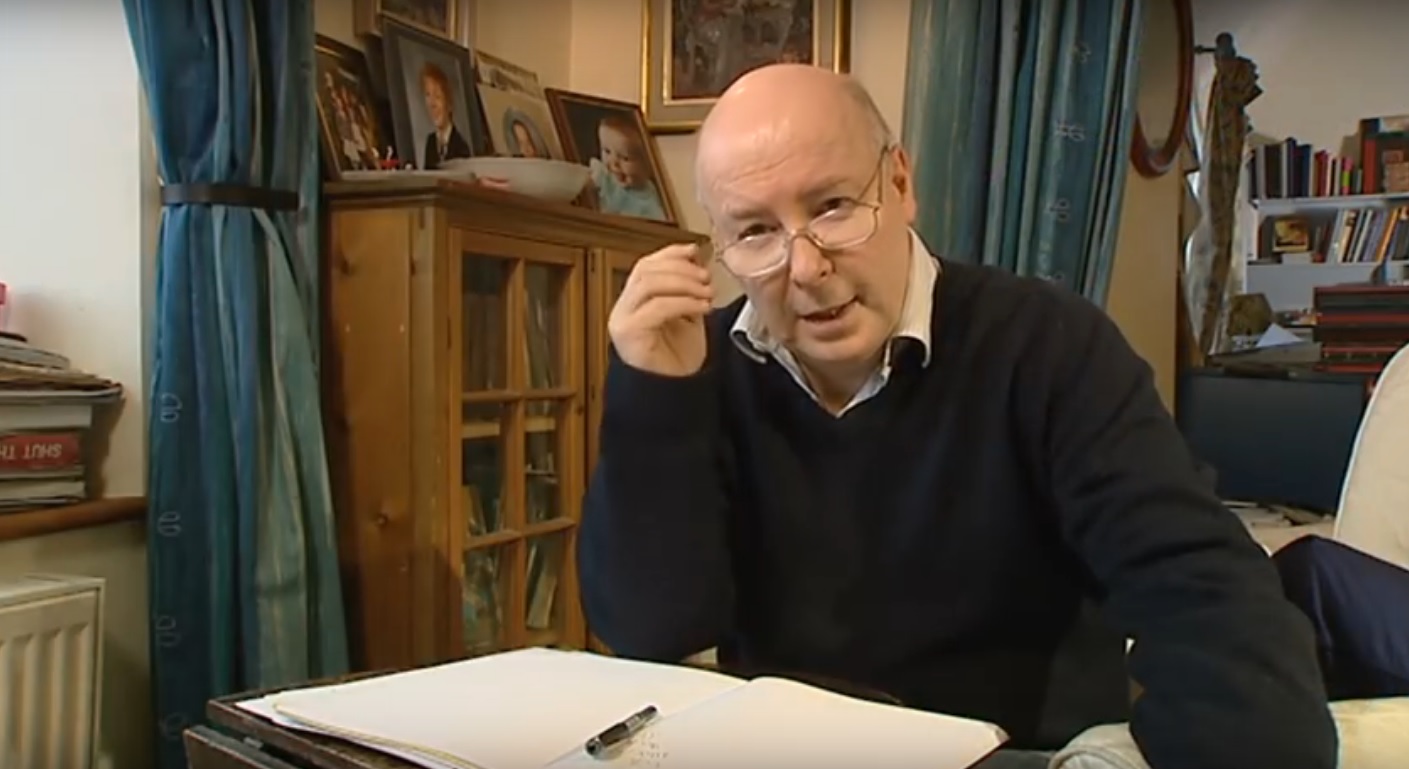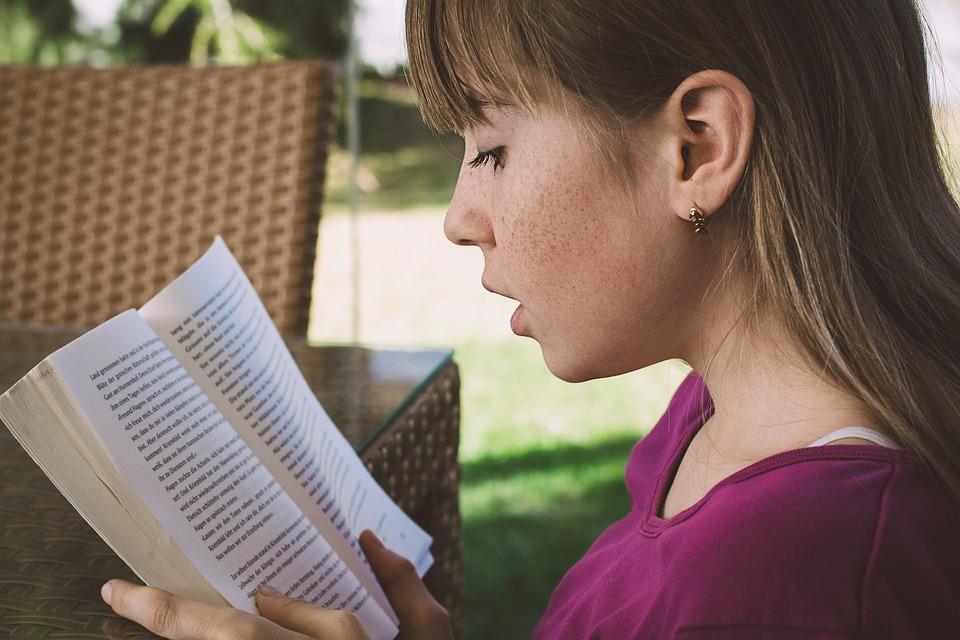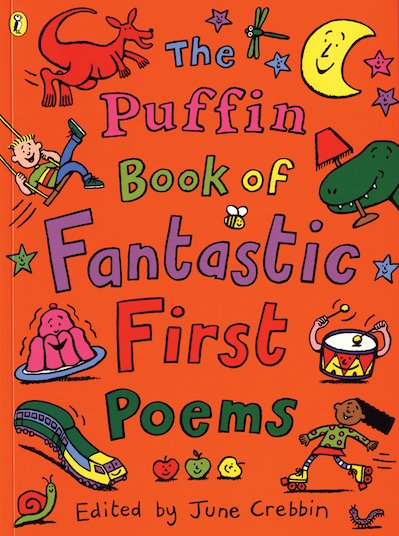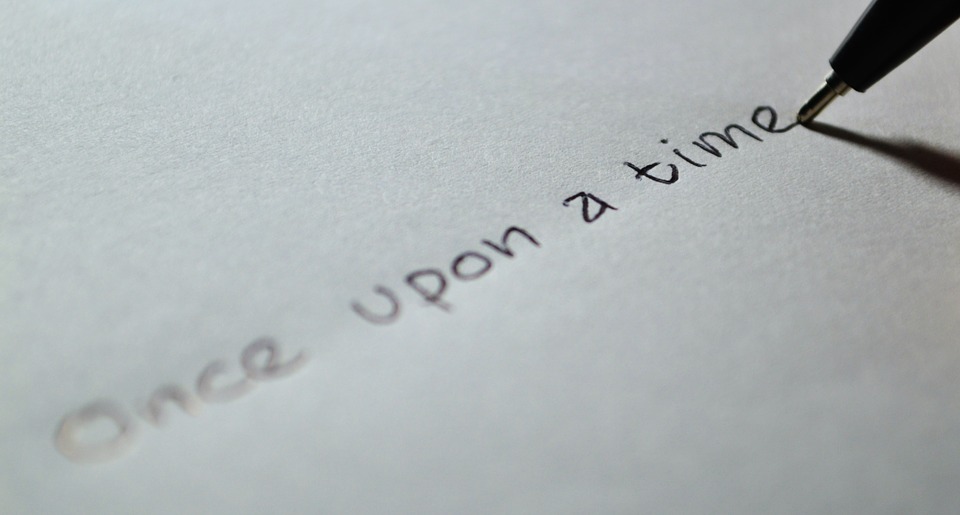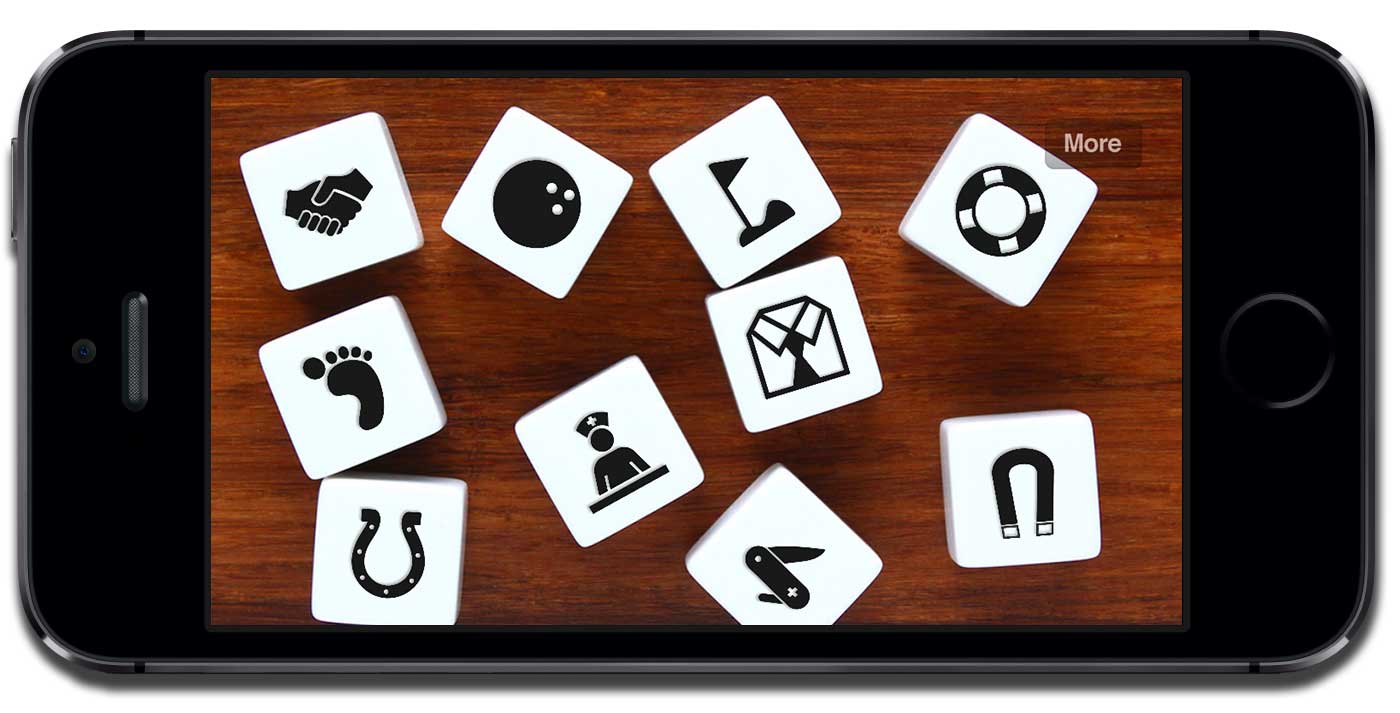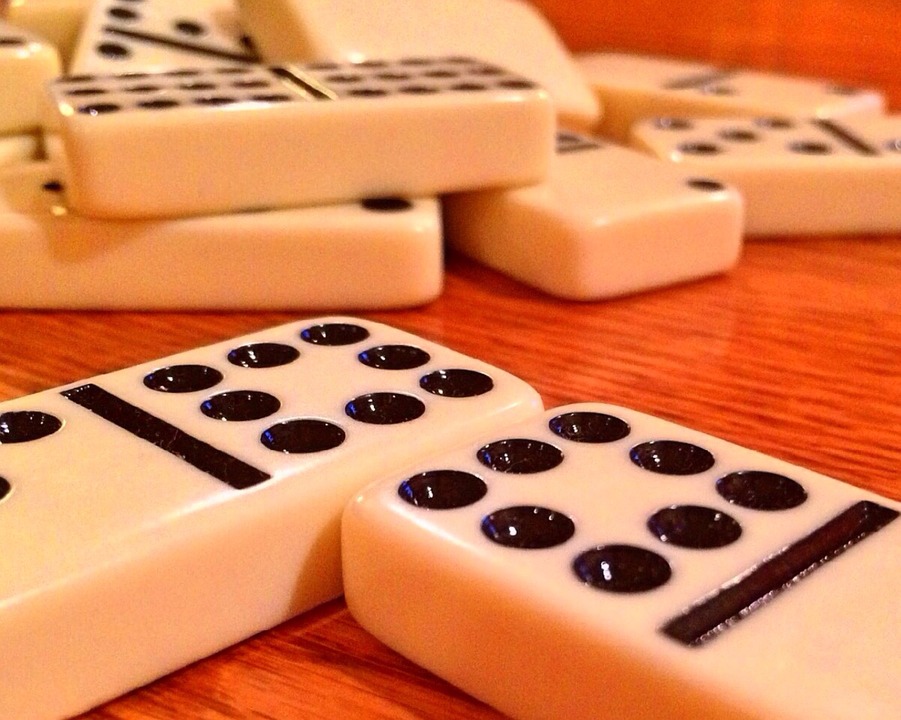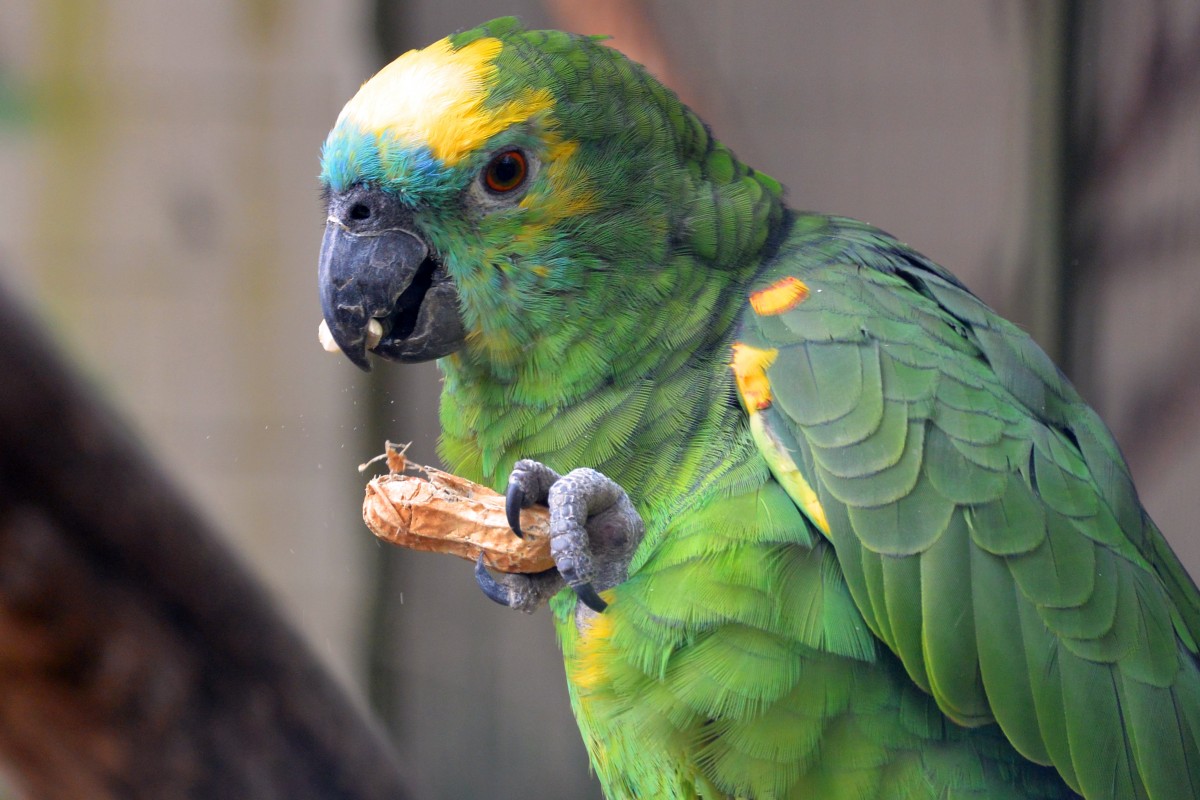The bestselling Talk for Writing Across the Curriculum has been fully updated, putting formative assessment at the heart of the process and showing how to help children love writing across the curriculum. Designed for busy teachers, the book will help transform children’s writing and attainment across the curriculum.
Creating Storytellers and Writers by Pie Corbett and Julia Strong
A key Talk for Writing text, Creating Storytellers and Writers is the long-awaited guide to how to teach children to love writing stories through telling stories. It takes you step-by-step through the Talk for Writing process so the children move from imitation to innovation to independent application.
Write a shape poem
Pie Corbett provides some hints and tips to help your class write a shape or observation poem. This video is taken from the Igniting Writing ‘Waterworlds’ interactive whiteboard CD-ROM.
Hook your reader toolkit
This is a guide for teachers on how to encourage pupils to write in a way that would ‘hook’ a reader.
Building a poetry spine
In this free four-page resource written by Pie Corbett, Pie explains how to build a bank of poems to use with children at KS1.
Writing toolkits – story secrets
In this two-page document written by Pie Corbett, Pie explains how it can be useful for children to use writing toolkits when constructing a narrative. Pie focuses on using writing toolkits in these areas: 1. Characterisation and dialogue; 2. Description – people, places, objects, creatures; 3. Dilemma – suspense and action; and 4. Crafting the opening and ending.
Connectives and sentence signposts: the art of linking text
“Understanding the power of sentence signposts to link paragraphs, sentences, and information within sentences is key to achieving cohesive text that flows logically. They take the reader by the hand and guide them through the text somewhat like a sat nav guides a driver”.
Utilising Apps for Talk for Writing
This article will explore a number of apps that lend themselves to the Talk for Writing process and ethos. Focusing on the Top 5 (according to Talk for Writing expert Maria Richards) in a number of categories, these apps will hopefully get you started on your iPad and Talk for Writing journey!
Grammar dominoes game
Word dominoes can be an excellent way of consolidating the pupils’ confidence with using the key vocabulary of any unit and is great for grammatical terms. The aim of this game is to be able to link all the dominoes in a line.
Matching activities
Matching activities are much more fun and more effective than grammar exercises because they involve the pupils in discussing the best fit. This document contains examples of matching grammar activities to embed understanding once classes have been taught the features referred to.




